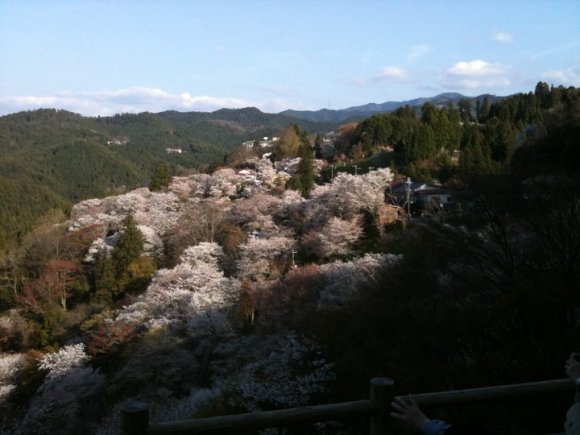
Often overlooked in favor of Kyoto, Nara Prefecture is one of the most beautiful and significant places—culturally and historically—in Japan. If you happen to be traveling in the Kansai region, we cannot urge you enough to make the time to swing by!
In fact, there’s so much to see that we can’t possibly tell you about every amazing place in Nara, but here are a few of our favorites!
NARA CITY
Let’s start with the place many people already know about: Nara City.
- Heijou Palace
The city was one of the first permanent capitals of Yamato (the old name for Japan) and, in 2010, Nara celebrated its 1300th anniversary by rebuilding the long-lost Heijo Palace. As you can see in the architecture, the people of the Nara Period were heavily influenced by Chinese culture of the time. The palace is free to enter and only a short walk from Yamatosaidaiji Station in Nara City.
▼The reconstructed palace (via Wikipedia)
▼The reconstructed palace gate, Suzakumon. (via Wikipedia)
- Todai Temple
Of course, we would be remiss if we didn’t mention Todai Temple, a World Heritage site registered with UNESCO and home to the largest wooden building in the world (until 1998).
▼Daibutsuden: Inspiring “Holy crap, that’s big!” comments since the 8th century
Housed within the temple is the Nara Daibutsu—an enormous copper and bronze Buddha statue completed in 752, measuring 14.98 meters (49.1 feet) tall and weighing 500 tonnes (or 550 US tons).
▼Daibutsu (via Wikipedia)
Todai Temple is conveniently located a short walk from JR Nara and Kintetsu Nara Stations and has an admittance fee of 500 yen (about US$5).
- Nara Park
The uphill walk from the stations to the temple will take you past Nara Park, Koufuku Temple, the Nara National Museum, and hundreds of free-roaming deer. The deer, which happily gobble up the senbei (rice crackers) sold by various merchants in the area, are mostly harmless—but they won’t hesitate to “encourage” you to feed them with “gentle” nudges.
▼“Gimme the senbei and nobody has to get poked!”
HORYU TEMPLE
While Toudai Temple was once the largest wooden building in the world, Houryu Temple, an hour southwest of Nara City by train, is the oldest. Built in 607, the Buddhist temple has a number of beautifully constructed buildings and statues as well as a museum. The center pieces of the temple are the five-story pagoda and Kondo, or Golden Hall, which contains elaborate murals, statues, and other national treasures. Be warned, though: the entrance fee is a bit steep at around 1,000 yen (roughly US$10) for adults.
▼Golden Hall (via Wikipedia)
▼Five-story pagoda (via Wikipedia)
ASUKA MURA
Going directly south from Nara City, we come to Asuka Mura, or Asuka Village, the capital of Yamato directly before the Emperor’s move to Nara. In addition to having historical significance, the area is absolutely beautiful with its soft rolling hills and lush greenery.
You have a few options for going around to these sightseeing spots: Catch a bus, walk, or rent a bicycle. However, the buses run infrequently, so unless you want to spend a lot of time walking, renting a bicycle is your best bet. There are a few bike rental shops right outside of Asuka Station (such as this one, which also provides a map of local sightseeing destinations), and you can expect to spend between 900 and 1,500 yen (about US$9 to $15) on a one-day rental.
- Ishibutai Kofun
One of the most popular places is the Ishibutai Kofun, which was once an ancient tomb. Originally covered with a mound of dirt, the tomb was stripped bare by the elements, leaving behind only the monolithic stones composing its walls and roof.
Dug into the ground, the chamber is large enough to hold several people. And, thanks to the cool soil, it’s a nice place to hide from the sun in the summer! If you’re hungry, there are a few restaurants and gift shops next door that serve traditional Japanese food as well. (All Ishibutai Kofun photos via Wikipedia)
- Amakashi no Oka
About a mile and a half to the north-west is Amakashi no Oka, or Amakashi Hill, whose summit affords a panoramic view of the Asuka area. The hill is also of historical interest as, in addition to enshrining Empress Suiko and various deities, this was where “trials” were carried out. Rather than pleading their cases with judges, jurors, and lawyers, people accused of major crimes were given “trail by fire,” in which they would place a hand into a bowl with a poisonous snake or boiling water. If they escaped unharmed, it was a sign from the gods of their innocence.
▼View to the east (Click for larger image)
▼View to the west (Click for larger image)
YOSHINO
Getting on the train and heading further south, travelers come to the end of the Kintetsu train line that runs the 70 kilometers (about 43.5 miles) from Kyoto to Yoshino. After either taking a cable-car or hiking up from Yoshino Station, travelers stroll up a street lined with massive torii gates and traditional buildings where Japanese food, treats, and souvenirs are sold, before trekking into the tree-covered mountains.
- Yoshino Angu
Yoshino is home to a sprawling national park with thousands of Japanese cherry trees as well as numerous beautiful temples and shrines. During the Nanbokucho Period, from 1334 to 1392, it was also the site for the Southern Imperial Court’s palace as they fought with the Northern Imperial Court in Kyoto for control of Japan.
▼Yoshino Angu, palace to the Southern Imperial Court, visible in the center background
- Kinpusen Temple
▼Kuromon, the black wooden gate (Via Wikipedia)
▼Kane no Torii, the bronze gate (via Wikipedia)
Coming to the top of the road, we arrive at Kinpusen Temple. This is the head temple for Shugendo Buddhism, a sect of esoteric Japanese Buddhism famous for yamabushi monks who live and wander in the mountains and are alleged to have magical powers.
After climbing a set of steep stairs, travelers come to the Nio gate. Nio are large, wooden statues of the Buddha’s fierce, muscular guardians.
▼Nara: Land of too many stairs (via Wikipedia)
▼”Hey. How’s it going?”
▼”I have such a cramp in my arm!!”
Once past the fearsome warriors, you can proceed to the main hall, called Zao Do, which houses some of the most unusual Buddhist statues in Japan.
▼Zao Do
Unfortunately, photography is prohibited inside (despite the many photos available online), but you can get a look at the Zao Gongen statues in the tourism commercial below starting about 10 seconds in.
Attached to the temple are some smaller Shinto shrines dedicated to Inari Okami, the Japanese god of foxes.
▼It’s just so…cute!!
- Yoshino cherry blossoms
After exploring Kinpusen Temple, travelers can follow the road into the mountains to see Yoshino’s legendary cherry trees. In spring, the whole valley is covered in the white blossoms, which have inspired Japanese poets for over 1,000 years. There are a number of hiking trails with multiple vantage points as well as some “roadside” tea houses.
▼Semi-panoramic view of Yoshino cherry blossoms. Click for larger view.
▼Enjoying some green tea at a “roadside” tea house. More temples are visible across the valley.
KII MOUNTAINS
Finally, you can head even further south to the Kii Mountains, where Shugendo followers often traveled in the Heian period (794 to 1192). The mountainous region was, and still is, an important area for Buddhist pilgrimages, stretching out into three prefectures: Nara, Wakayama and Mie.
▼Follow the…uh…stoney brick road? (via Wikipedia)
▼Sanjo Mountain (via Wikipedia)
▼Daikou mountain range (via Wikipedia)
We hope you enjoyed our tour of Nara! There is still much more to see, so we hope you’ll get a chance to check it out!
All photos (unless otherwise noted): RocketNews24
Sources: Wikipedia (Amakashi no Oka, Inarioomikami, Kinpusenji)


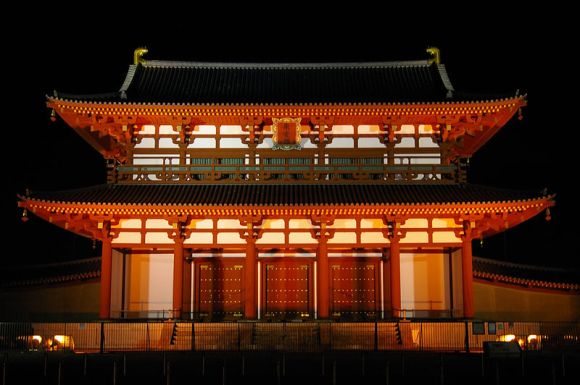
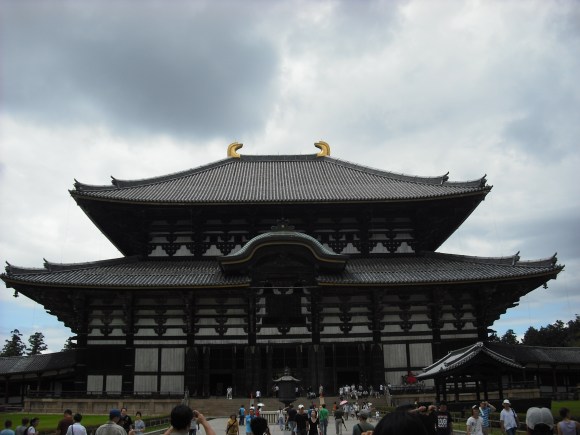
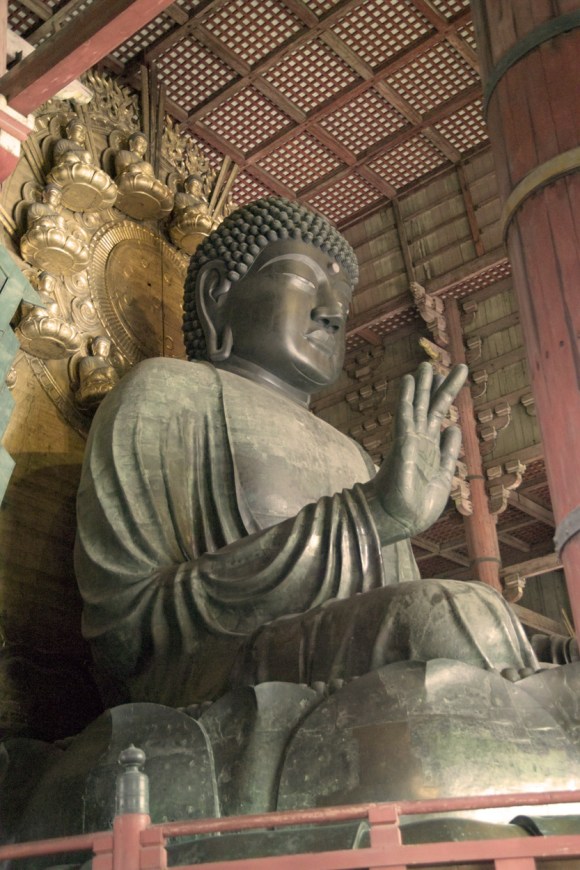
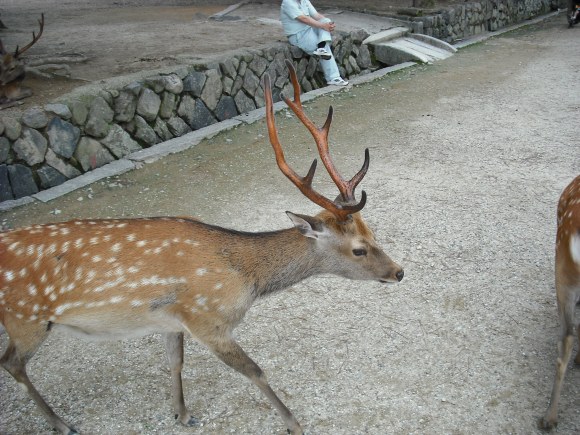
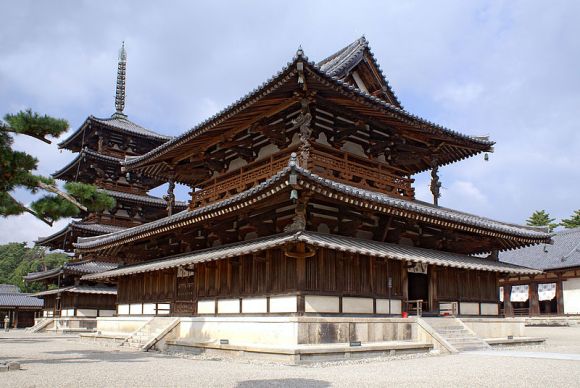
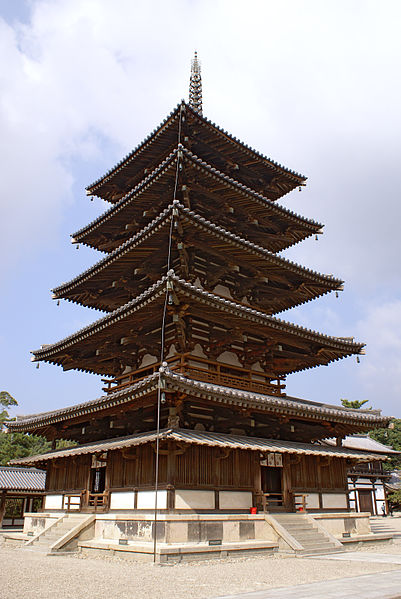
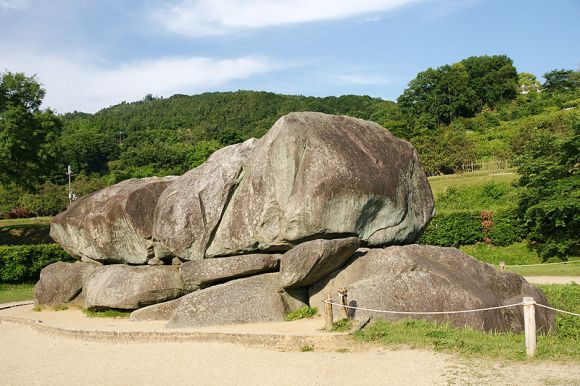
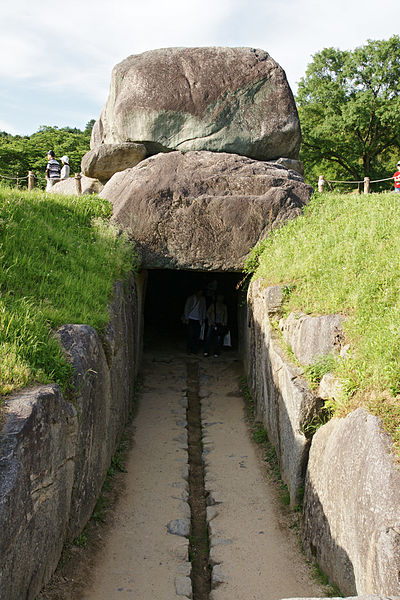
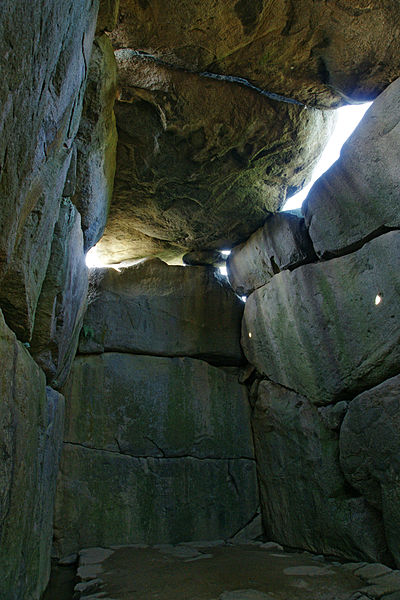


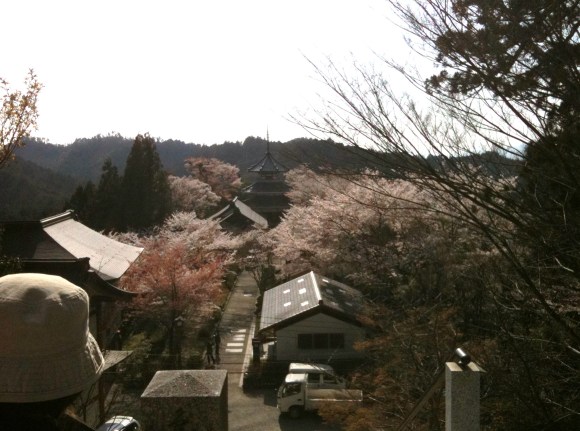
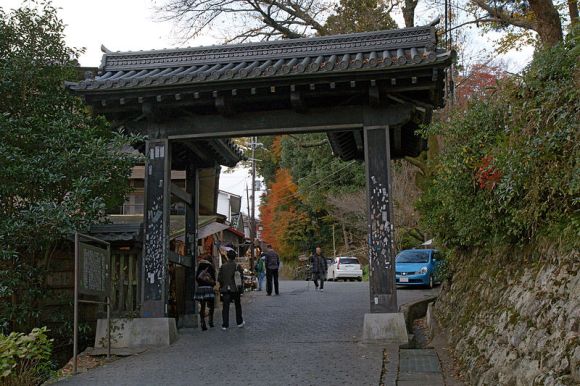
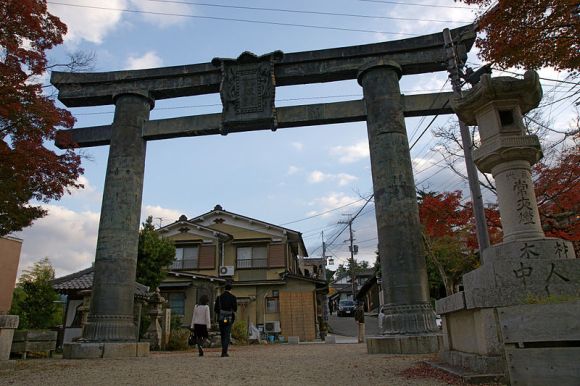
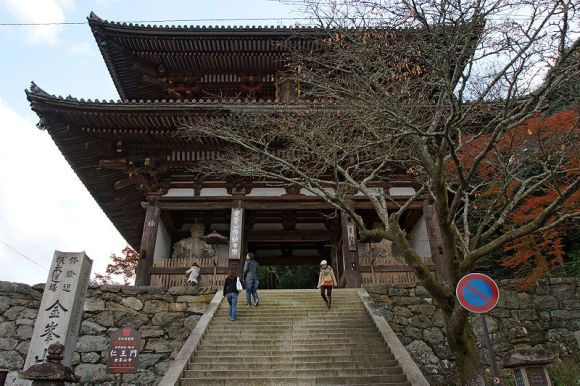
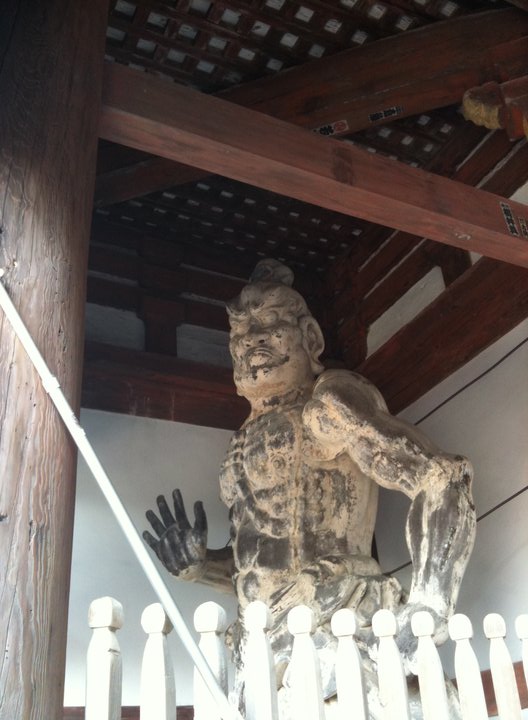
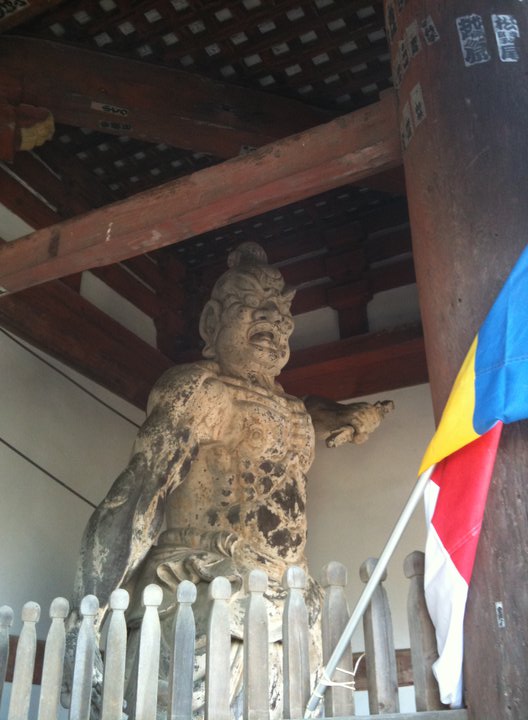
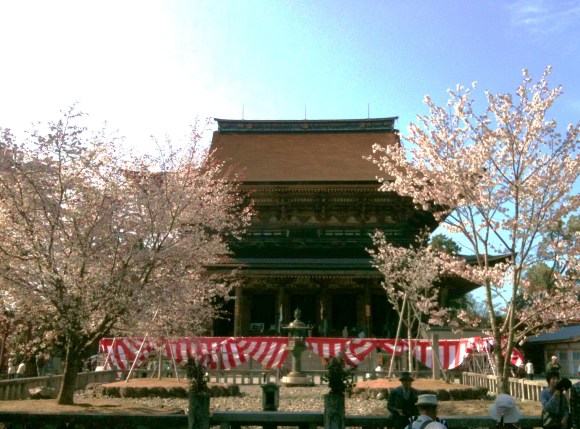
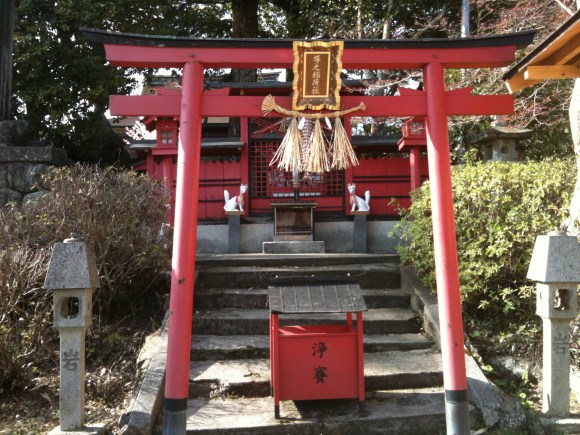

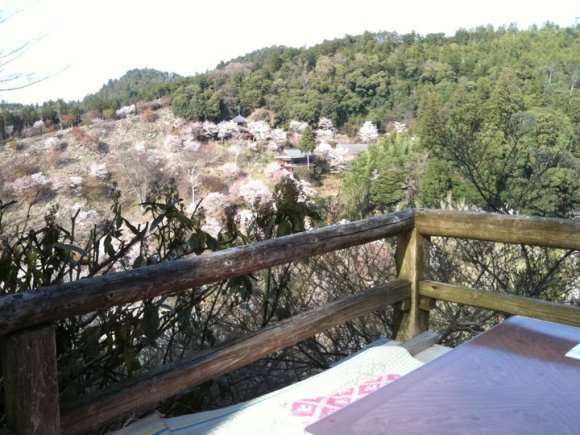
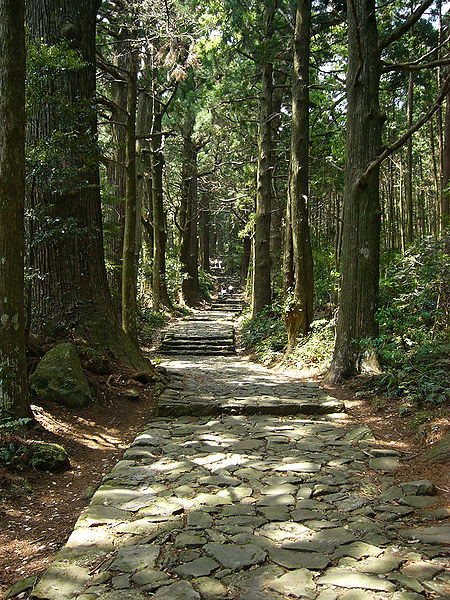
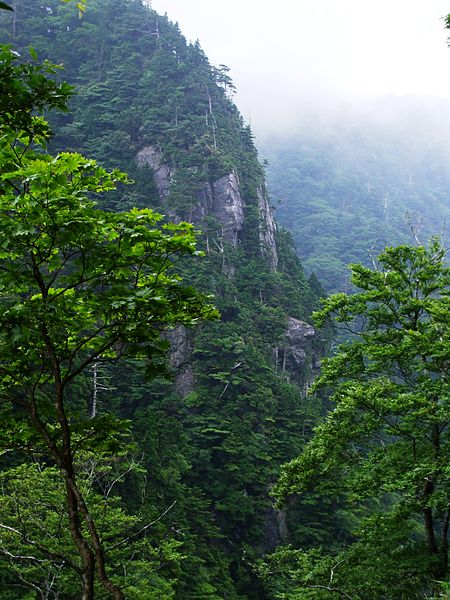
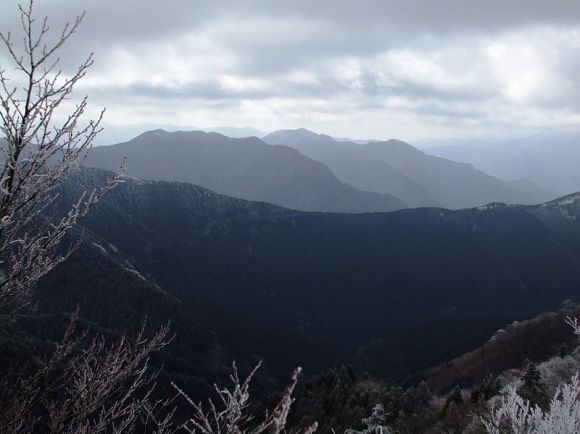
 Dress like an aristocrat from the Nara period at new costume rental shop in Nara【Photos】
Dress like an aristocrat from the Nara period at new costume rental shop in Nara【Photos】 Nara hotel with hot spring baths by imperial palace site is a reason to remember the prefecture
Nara hotel with hot spring baths by imperial palace site is a reason to remember the prefecture Miss school field trips? Now adults can go on a “school trip” too with new plan at Nara hotel
Miss school field trips? Now adults can go on a “school trip” too with new plan at Nara hotel The most popular places in Japan for viewing sakura in 2024, according to local travel agency
The most popular places in Japan for viewing sakura in 2024, according to local travel agency Japan’s 30 best travel destinations, as chosen by overseas visitors
Japan’s 30 best travel destinations, as chosen by overseas visitors French Fries Bread in Tokyo’s Shibuya becomes a hit on social media
French Fries Bread in Tokyo’s Shibuya becomes a hit on social media Japanese ramen restaurants under pressure from new yen banknotes
Japanese ramen restaurants under pressure from new yen banknotes McDonald’s new Happy Meals offer up cute and practical Sanrio lifestyle goods
McDonald’s new Happy Meals offer up cute and practical Sanrio lifestyle goods New private rooms on Tokaido Shinkansen change the way we travel from Tokyo to Kyoto
New private rooms on Tokaido Shinkansen change the way we travel from Tokyo to Kyoto A trip to hell on Japan’s ‘vomit ship’: Is it as bad as everyone says it is?
A trip to hell on Japan’s ‘vomit ship’: Is it as bad as everyone says it is? Sakura tree falls on man at Sannenzaka near Kiyomizu temple in Kyoto 【Breaking News】
Sakura tree falls on man at Sannenzaka near Kiyomizu temple in Kyoto 【Breaking News】 We tried Korea’s way-too-big King Tonkatsu Burger at Lotteria 【Taste Test】
We tried Korea’s way-too-big King Tonkatsu Burger at Lotteria 【Taste Test】 Fire away your frustration at ‘404 Not Found’ — Site turns error message into classic arcade game
Fire away your frustration at ‘404 Not Found’ — Site turns error message into classic arcade game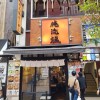 Non-ramen Ramen Restaurant Stars: The quest begins at Tokyo’s Oreryu Shio
Non-ramen Ramen Restaurant Stars: The quest begins at Tokyo’s Oreryu Shio Beautiful Ghibli sealing wax kits let you create accessories and elegant letter decorations【Pics】
Beautiful Ghibli sealing wax kits let you create accessories and elegant letter decorations【Pics】 All-you-can-drink Starbucks and amazing views part of Tokyo’s new 170 meter-high sky lounge
All-you-can-drink Starbucks and amazing views part of Tokyo’s new 170 meter-high sky lounge More foreign tourists than ever before in history visited Japan last month
More foreign tourists than ever before in history visited Japan last month Starbucks reopens at Shibuya Scramble Crossing with new look and design concept
Starbucks reopens at Shibuya Scramble Crossing with new look and design concept Studio Ghibli releases new action figures featuring Nausicaä of the Valley of the Wind characters
Studio Ghibli releases new action figures featuring Nausicaä of the Valley of the Wind characters Studio Ghibli glasses cases let anime characters keep an eye on your spectacles
Studio Ghibli glasses cases let anime characters keep an eye on your spectacles Is the new Shinkansen Train Desk ticket worth it?
Is the new Shinkansen Train Desk ticket worth it? Studio Ghibli releases Kiki’s Delivery Service chocolate cake pouches in Japan
Studio Ghibli releases Kiki’s Delivery Service chocolate cake pouches in Japan New definition of “Japanese whiskey” goes into effect to prevent fakes from fooling overseas buyers
New definition of “Japanese whiskey” goes into effect to prevent fakes from fooling overseas buyers Our Japanese reporter visits Costco in the U.S., finds super American and very Japanese things
Our Japanese reporter visits Costco in the U.S., finds super American and very Japanese things Studio Ghibli unveils Mother’s Day gift set that captures the love in My Neighbour Totoro
Studio Ghibli unveils Mother’s Day gift set that captures the love in My Neighbour Totoro Domino’s Japan now sells…pizza ears?
Domino’s Japan now sells…pizza ears? New Japanese KitKat flavour stars Sanrio characters, including Hello Kitty
New Japanese KitKat flavour stars Sanrio characters, including Hello Kitty New Pokémon cakes let you eat your way through Pikachu and all the Eevee evolutions
New Pokémon cakes let you eat your way through Pikachu and all the Eevee evolutions Sales of Japan’s most convenient train ticket/shopping payment cards suspended indefinitely
Sales of Japan’s most convenient train ticket/shopping payment cards suspended indefinitely Sold-out Studio Ghibli desktop humidifiers are back so Totoro can help you through the dry season
Sold-out Studio Ghibli desktop humidifiers are back so Totoro can help you through the dry season Japanese government to make first change to romanization spelling rules since the 1950s
Japanese government to make first change to romanization spelling rules since the 1950s Ghibli founders Toshio Suzuki and Hayao Miyazaki contribute to Japanese whisky Totoro label design
Ghibli founders Toshio Suzuki and Hayao Miyazaki contribute to Japanese whisky Totoro label design Doraemon found buried at sea as scene from 1993 anime becomes real life【Photos】
Doraemon found buried at sea as scene from 1993 anime becomes real life【Photos】 Tokyo’s most famous Starbucks is closed
Tokyo’s most famous Starbucks is closed One Piece characters’ nationalities revealed, but fans have mixed opinions
One Piece characters’ nationalities revealed, but fans have mixed opinions We asked a Uniqlo employee what four things we should buy and their suggestions didn’t disappoint
We asked a Uniqlo employee what four things we should buy and their suggestions didn’t disappoint Princesses, fruits, and blacksmiths: Study reveals the 30 most unusual family names in Japan
Princesses, fruits, and blacksmiths: Study reveals the 30 most unusual family names in Japan Amazing pics from Kyoto/Nara “bullet tour” show no matter how tight your schedule, you should go
Amazing pics from Kyoto/Nara “bullet tour” show no matter how tight your schedule, you should go Green tea ice cream from Nara combines everything we love about the city into one cute dessert
Green tea ice cream from Nara combines everything we love about the city into one cute dessert Afro Buddha, usually only displayed one day a year, gets rare extended viewing until mid-October
Afro Buddha, usually only displayed one day a year, gets rare extended viewing until mid-October Quiz time! How many of these photos of Japanese places can you identify?【Photos】
Quiz time! How many of these photos of Japanese places can you identify?【Photos】 How big (small?) is the smallest Great Buddha statue in Japan? Let’s visit and find out【Photos】
How big (small?) is the smallest Great Buddha statue in Japan? Let’s visit and find out【Photos】 What’s this Tibetan temple doing in the middle of Japan? We go to find out!
What’s this Tibetan temple doing in the middle of Japan? We go to find out! Kyoto tourist crowds disappearing due to coronavirus outbreak, creating travel crisis/opportunity
Kyoto tourist crowds disappearing due to coronavirus outbreak, creating travel crisis/opportunity Refresh your mind, body, and soul at Temple Camp Daitaiji, the first temple to open to campers
Refresh your mind, body, and soul at Temple Camp Daitaiji, the first temple to open to campers Earn points by visiting temples throughout Japan with Buddhist sect’s upcoming app
Earn points by visiting temples throughout Japan with Buddhist sect’s upcoming app Nara deer shikadamari mystery deepens as tourists return to Nara park
Nara deer shikadamari mystery deepens as tourists return to Nara park Japanese train goes viral for Nara deer decorations
Japanese train goes viral for Nara deer decorations When in Nara be sure to stop by the cockroach memorial statue
When in Nara be sure to stop by the cockroach memorial statue Giant temple in mountains of Japan is also one of its most impressive tapioca bubble tea cafes
Giant temple in mountains of Japan is also one of its most impressive tapioca bubble tea cafes Kanazawa’s historic “ninja temple” is packed full of hidden rooms, pitfalls, and more
Kanazawa’s historic “ninja temple” is packed full of hidden rooms, pitfalls, and more
Leave a Reply